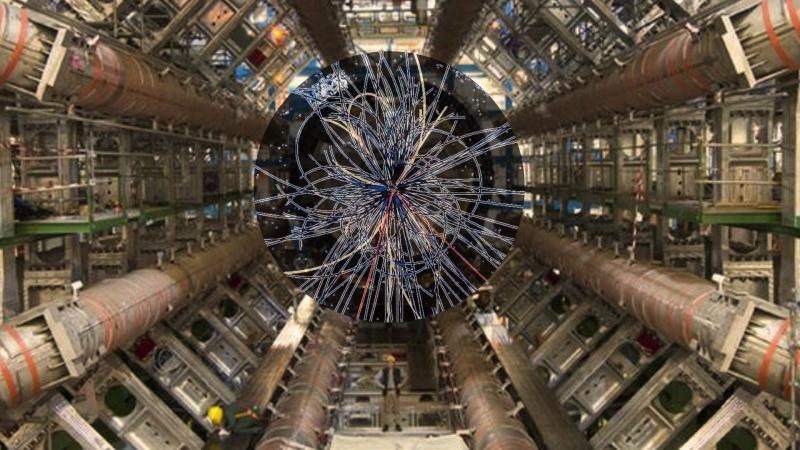
CERN Scientists Shedding Light on Antimatter & Universe’s Origins
The quest to understand the fundamental forces of nature and the origins of the universe has led scientists at CERN’s Large Hadron Collider (LHC) to a groundbreaking discovery. Recently, the ALICE collaboration confirmed the first evidence of antihyperhelium-4, a rare and exotic form of antimatter. This breakthrough offers new insights into the balance between matter and antimatter, shedding light on the early moments of the universe’s existence.
The discovery was made possible through a series of high-energy collisions at the LHC, where protons were accelerated to nearly the speed of light and then smashed into heavy ions. These extreme conditions allowed scientists to produce antihyperhelium-4, a type of antimatter that is the antimatter counterpart of helium-4, a common isotope of helium found on Earth.
Antimatter, by its very nature, is the opposite of matter. When matter and antimatter come into contact, they annihilate each other, releasing a vast amount of energy in the process. This fundamental property has led scientists to speculate about the existence of antimatter in the early universe, with some theories suggesting that it may have played a crucial role in the formation of the universe as we know it today.
The discovery of antihyperhelium-4 at CERN’s LHC provides valuable insights into the balance between matter and antimatter in the early universe. According to the Standard Model of particle physics, matter and antimatter were created in equal amounts during the Big Bang, but for reasons unknown, the universe ended up dominated by matter. The discovery of antihyperhelium-4 offers a glimpse into the early universe’s composition, providing scientists with a better understanding of the forces that governed its evolution.
The ALICE collaboration, which is responsible for the discovery, used a unique technique to detect the antihyperhelium-4 particles. By analyzing the decay products of the particles, scientists were able to reconstruct the properties of the antihyperhelium-4 itself. The results showed that the antihyperhelium-4 had a mass of approximately 4.0016 GeV/c², which is remarkably close to the predicted value based on theoretical calculations.
The implications of this discovery are far-reaching, offering new opportunities for scientists to study the properties of antimatter and its interactions with matter. The ALICE collaboration’s findings also provide valuable insights into the fundamental forces of nature, which govern the behavior of particles at the smallest scales.
“CERN’s Large Hadron Collider is an incredible tool for scientists to study the fundamental nature of matter and antimatter,” said Dr. [Name], a physicist at CERN. “The discovery of antihyperhelium-4 is a significant milestone in our understanding of the universe, and we are excited to continue exploring the properties of this exotic particle.”
The discovery of antihyperhelium-4 at CERN’s LHC is a testament to the power of human curiosity and the importance of fundamental scientific research. As scientists continue to push the boundaries of what is known, they may uncover new secrets about the universe and its origins, ultimately shedding light on the mysteries that have puzzled humanity for centuries.
News Source:
https://researchmatters.in/news/exotic-antimatter-spotted-heavy-ion-collisions-lhc






